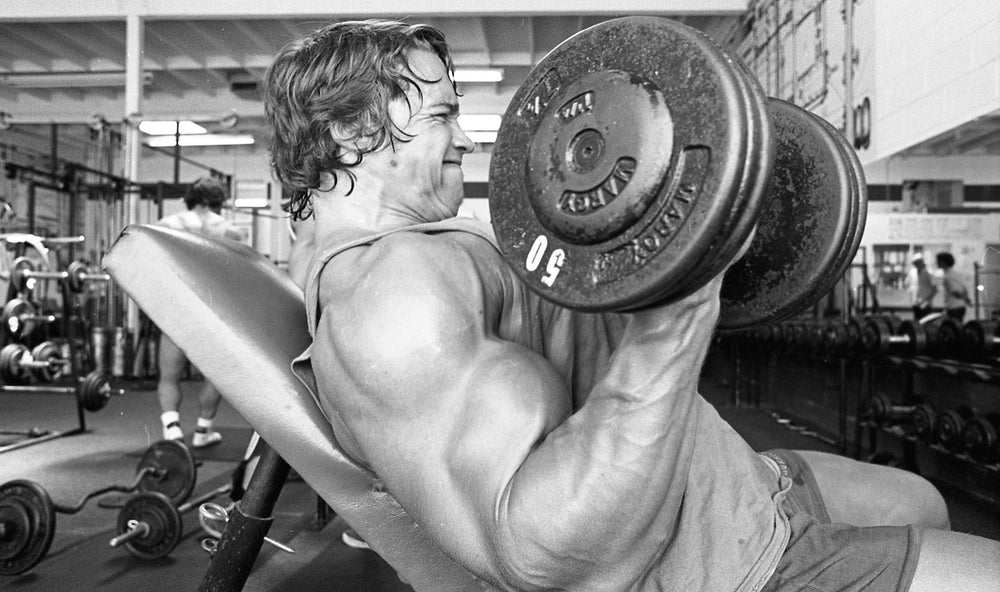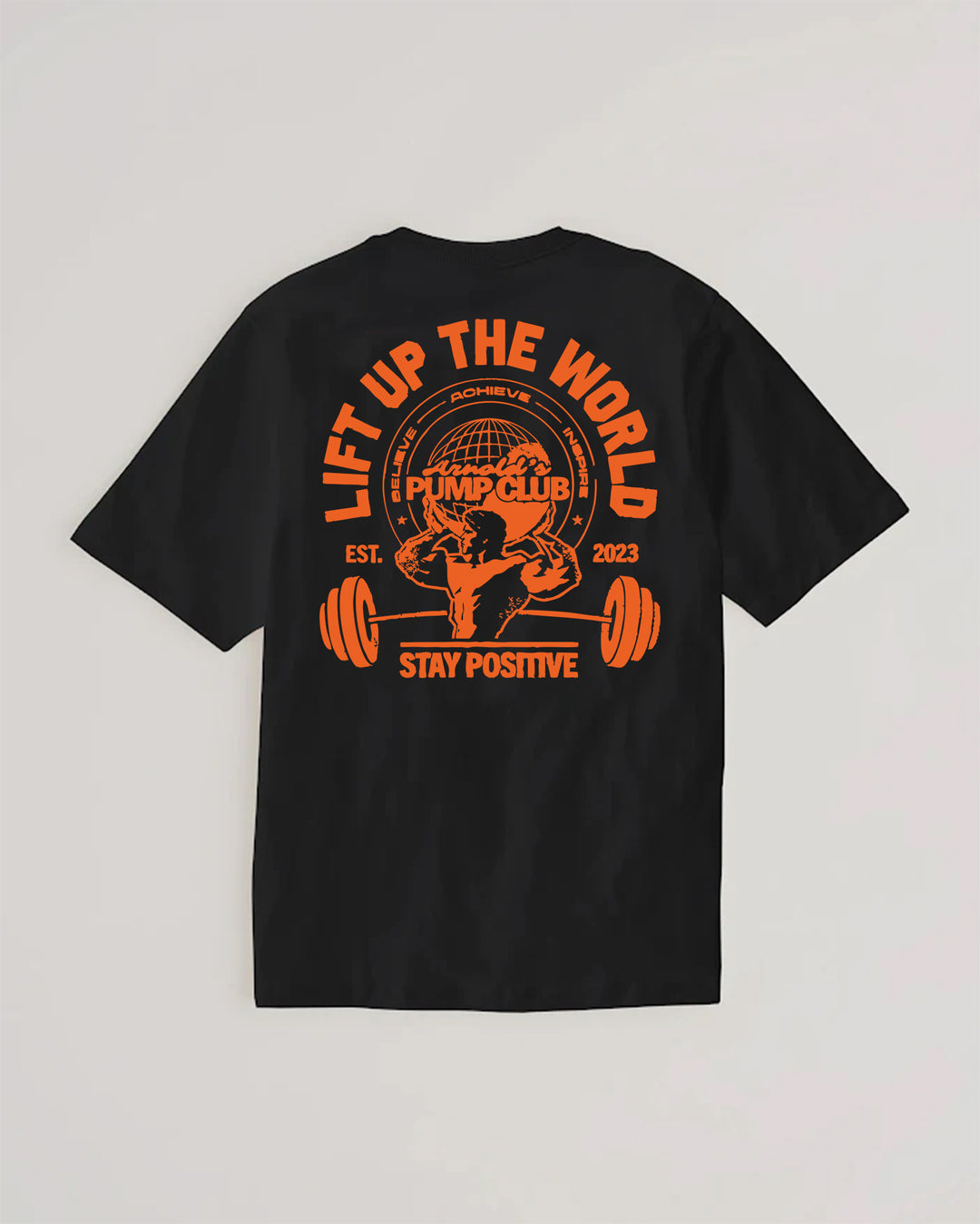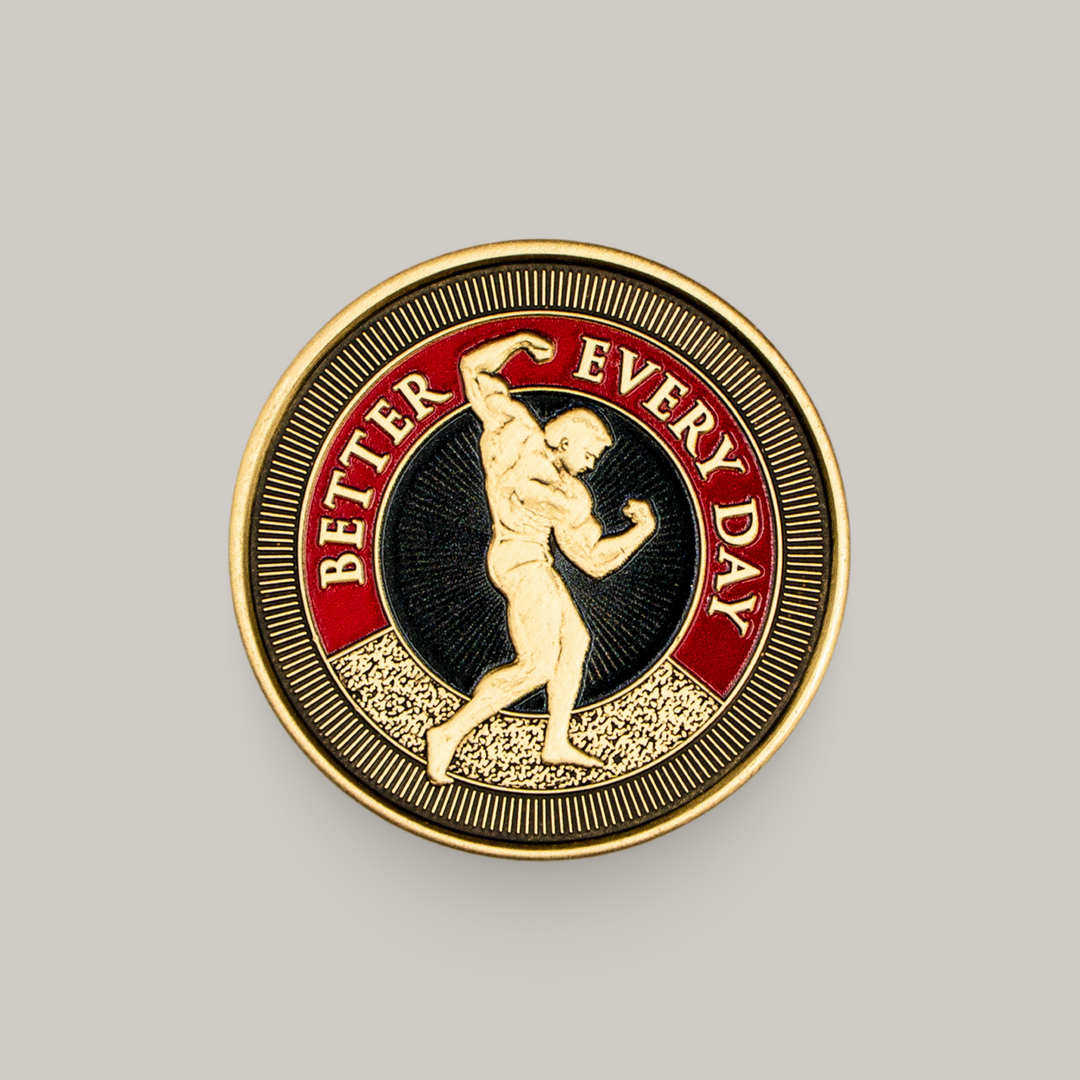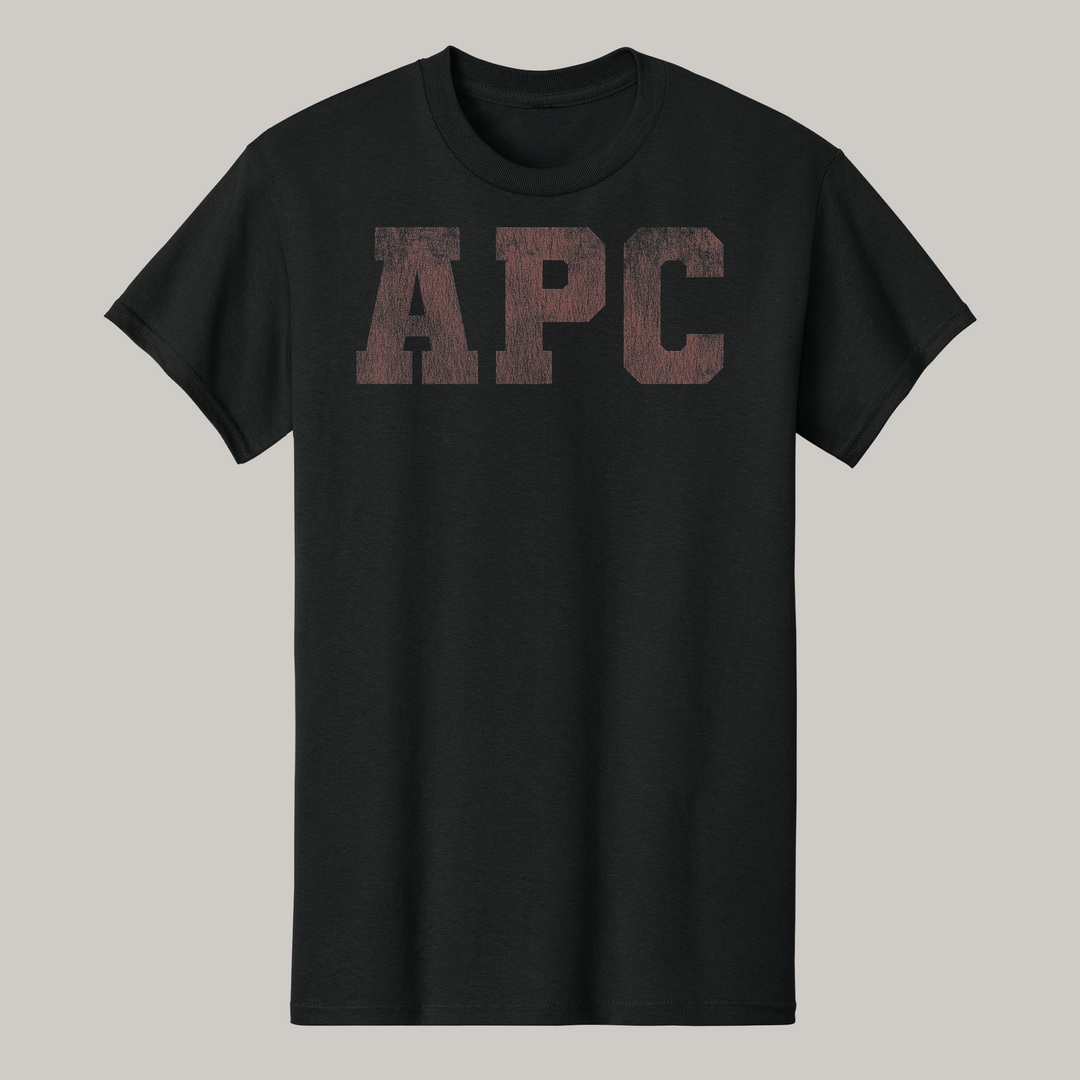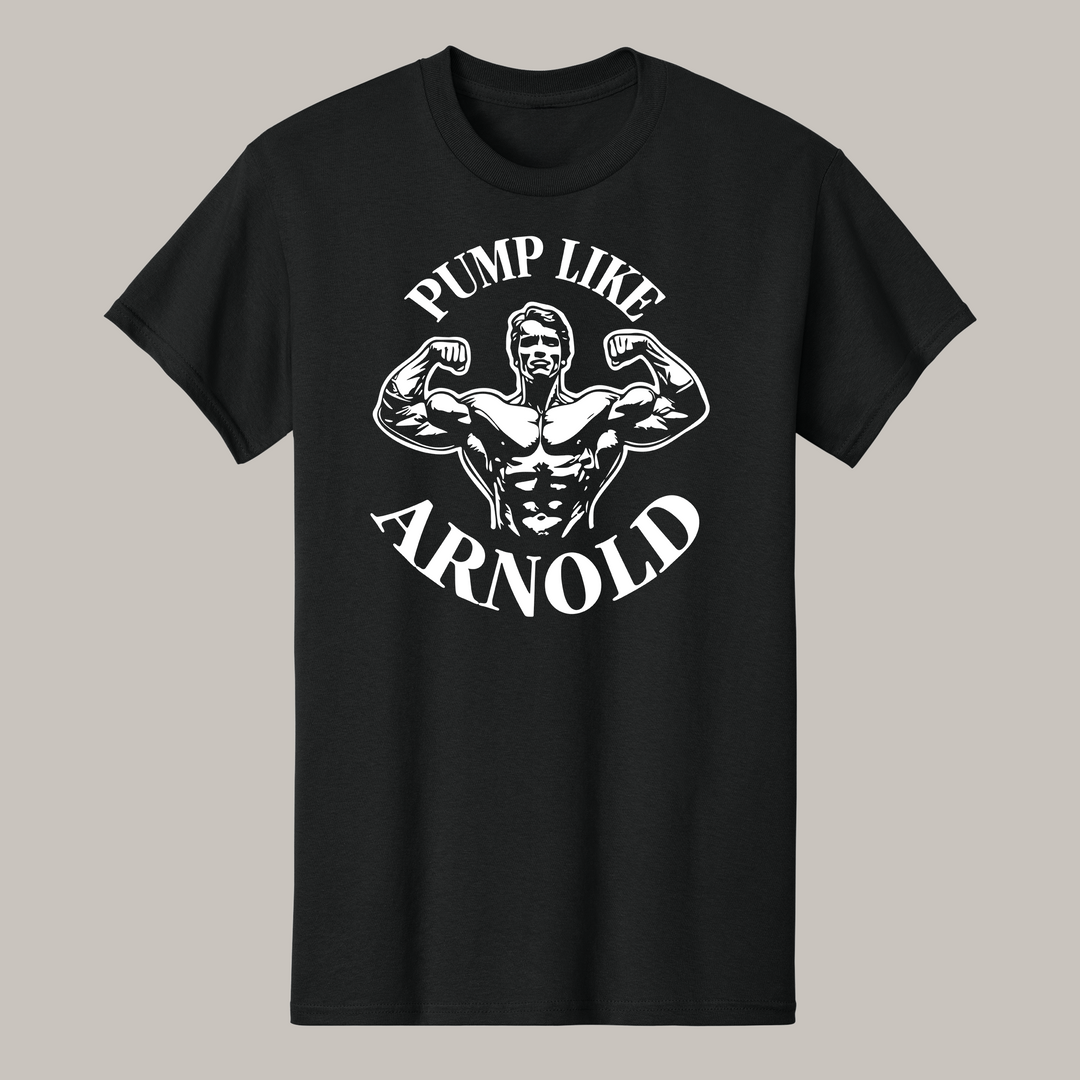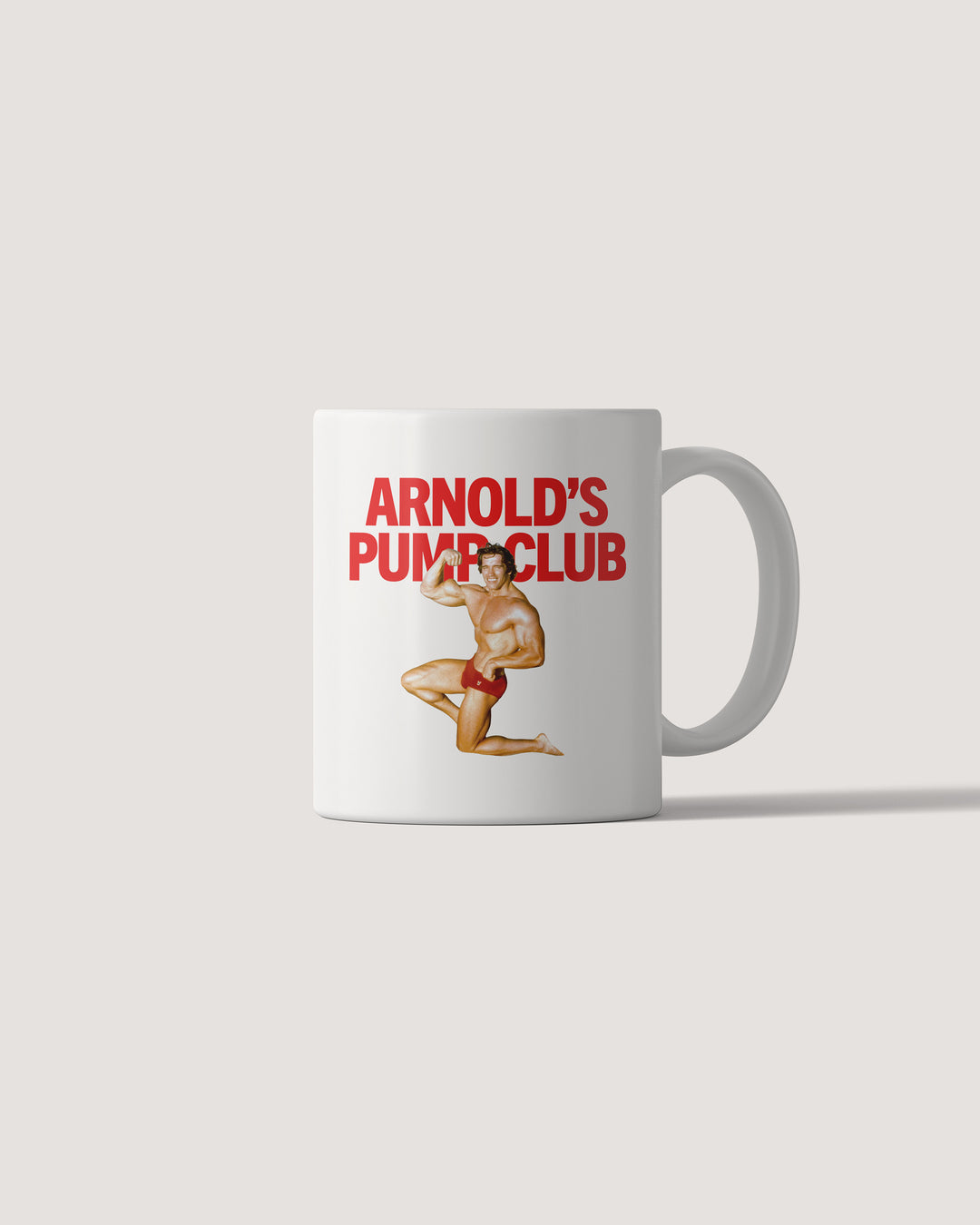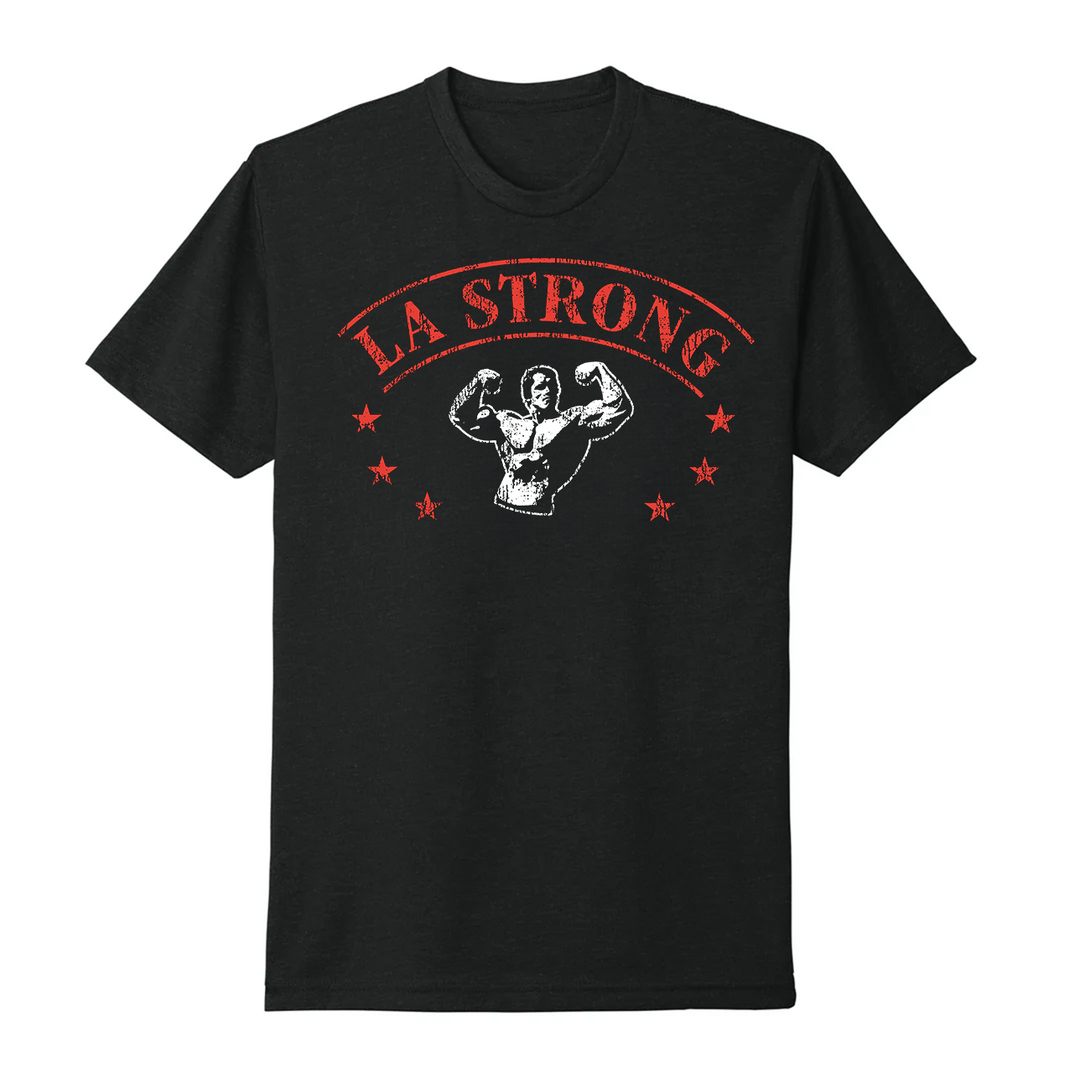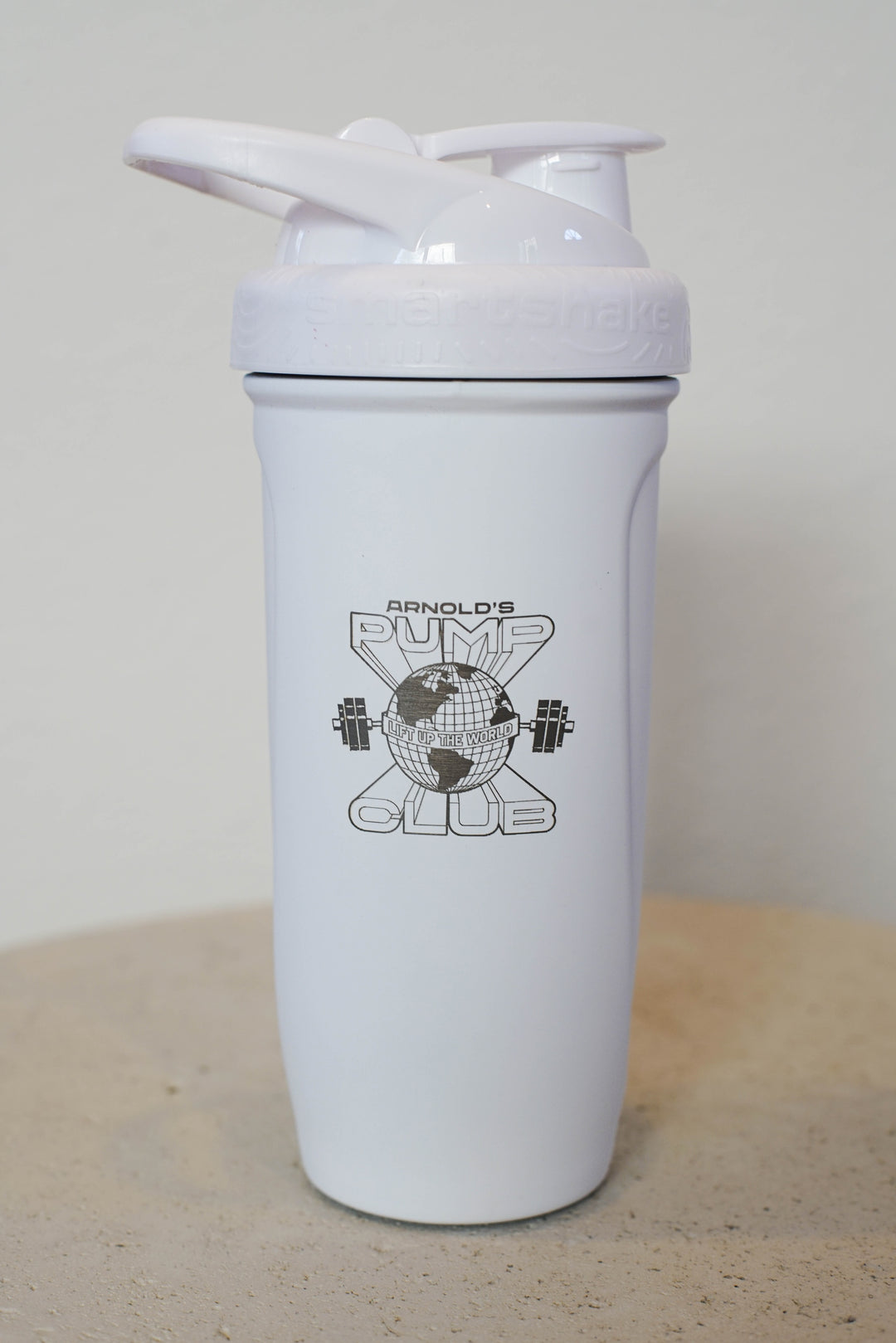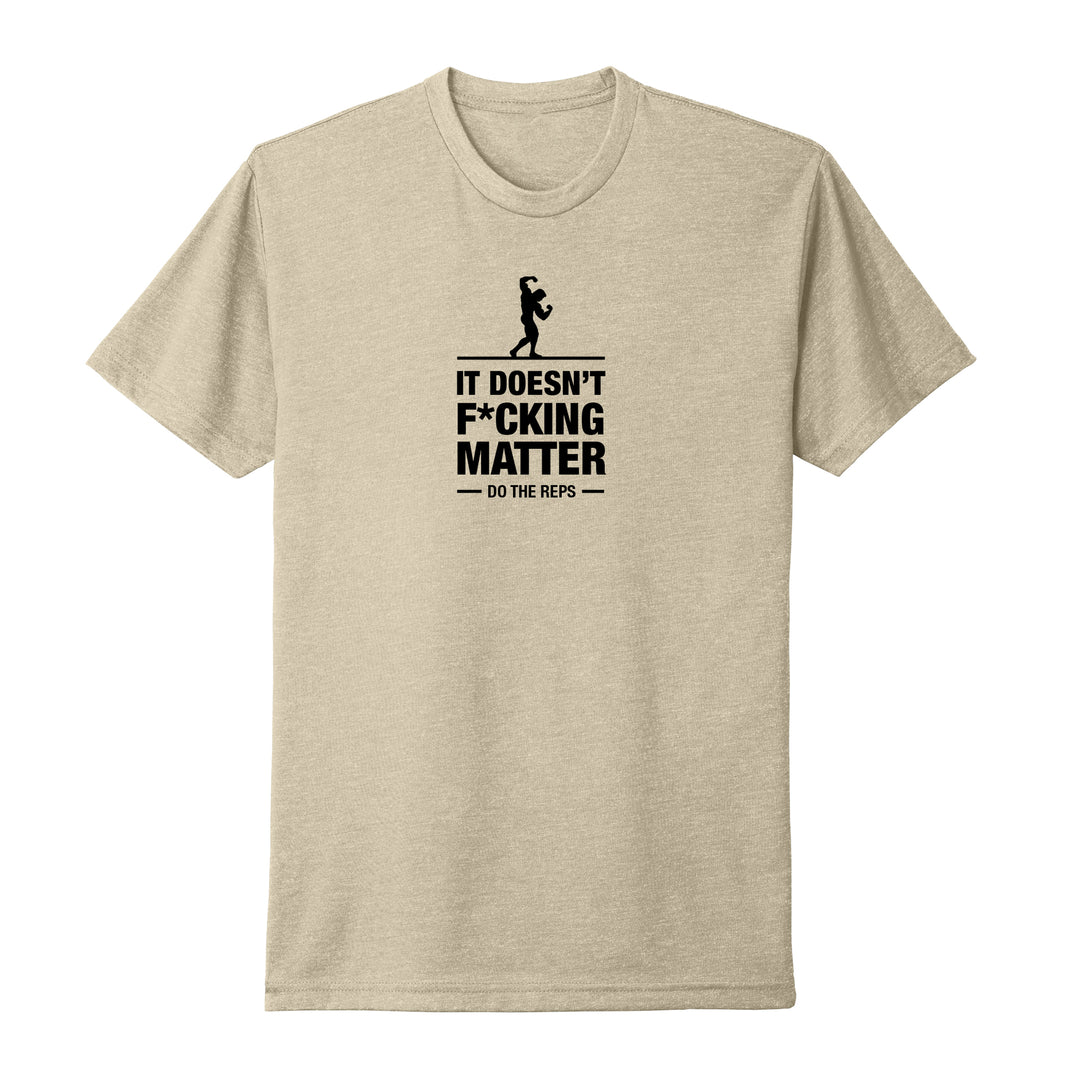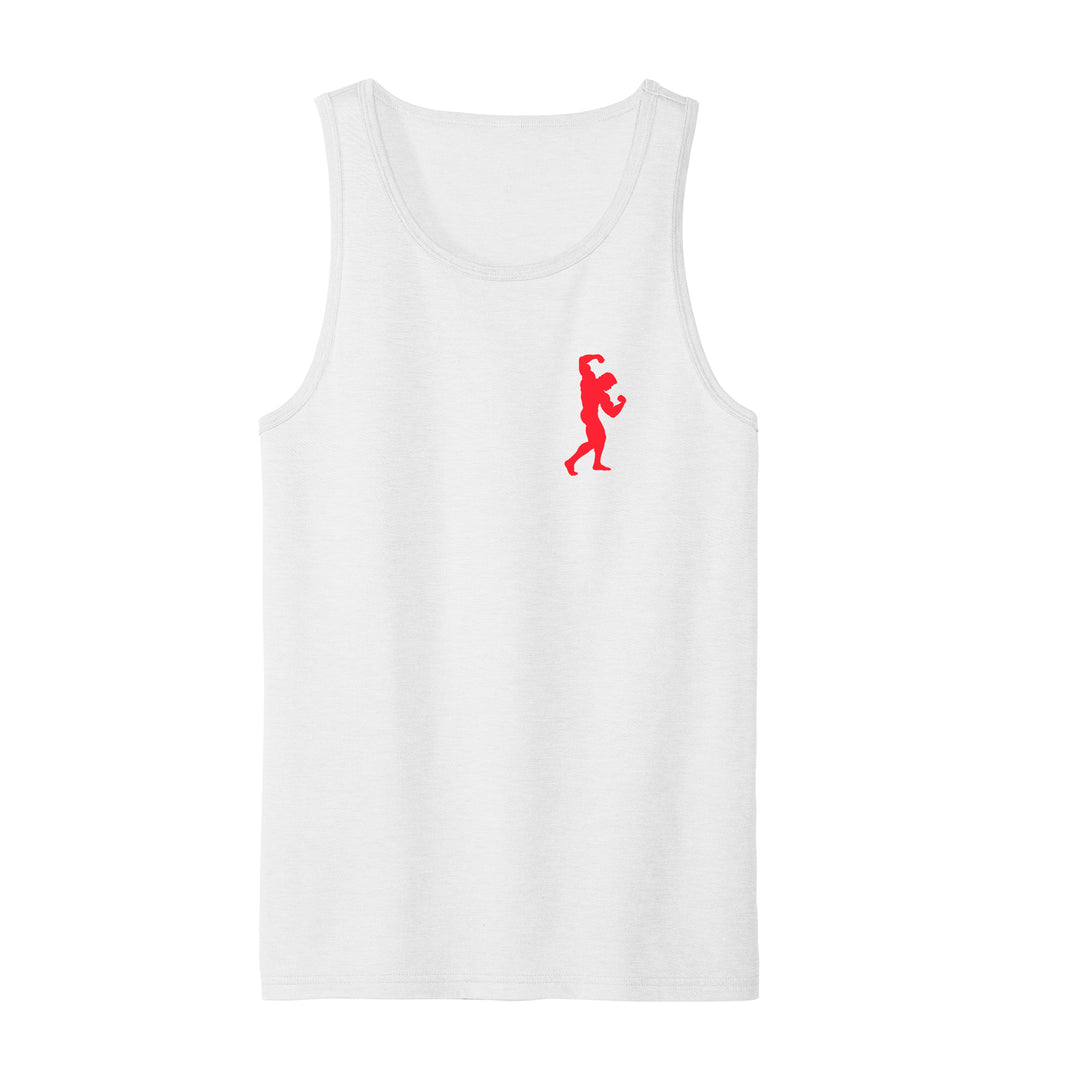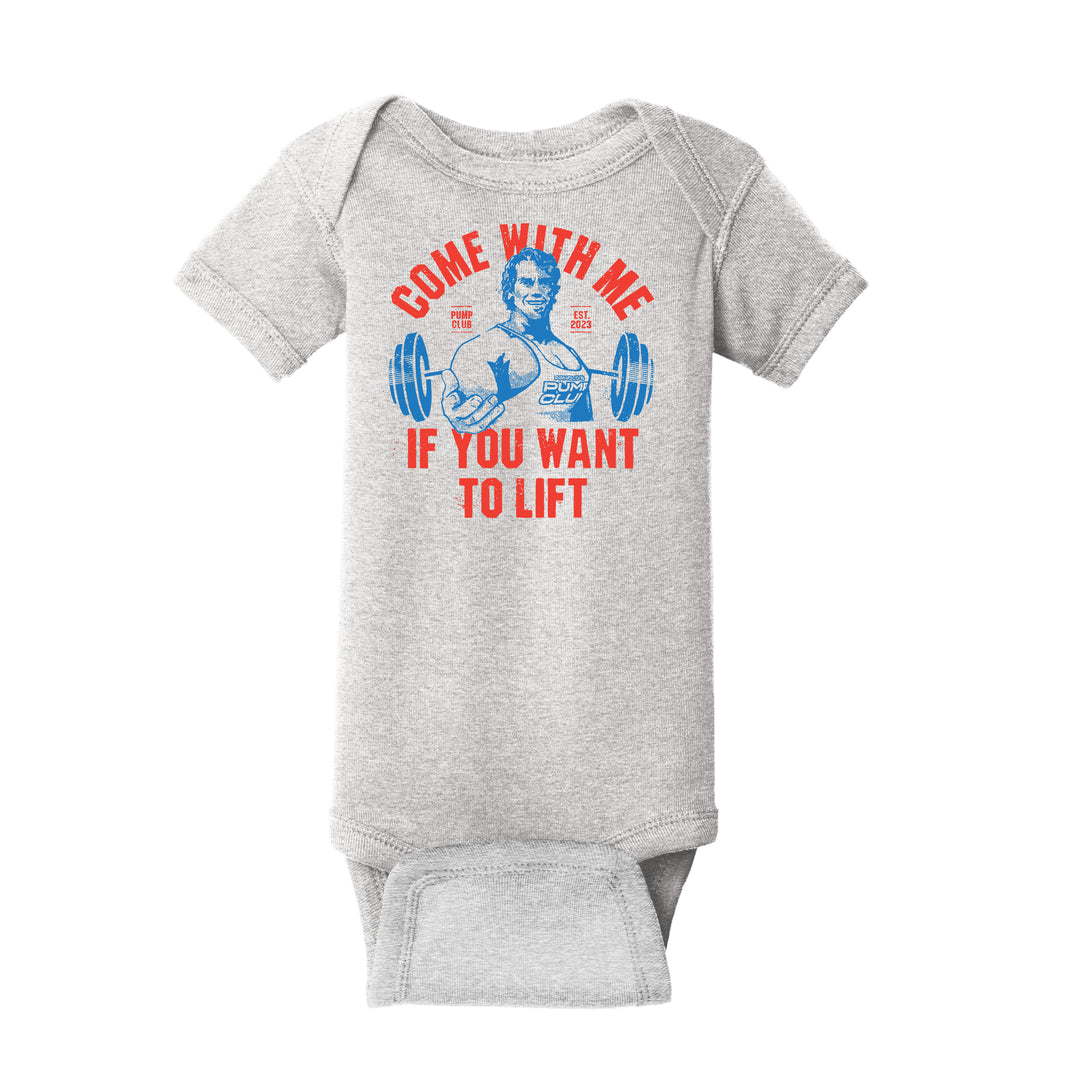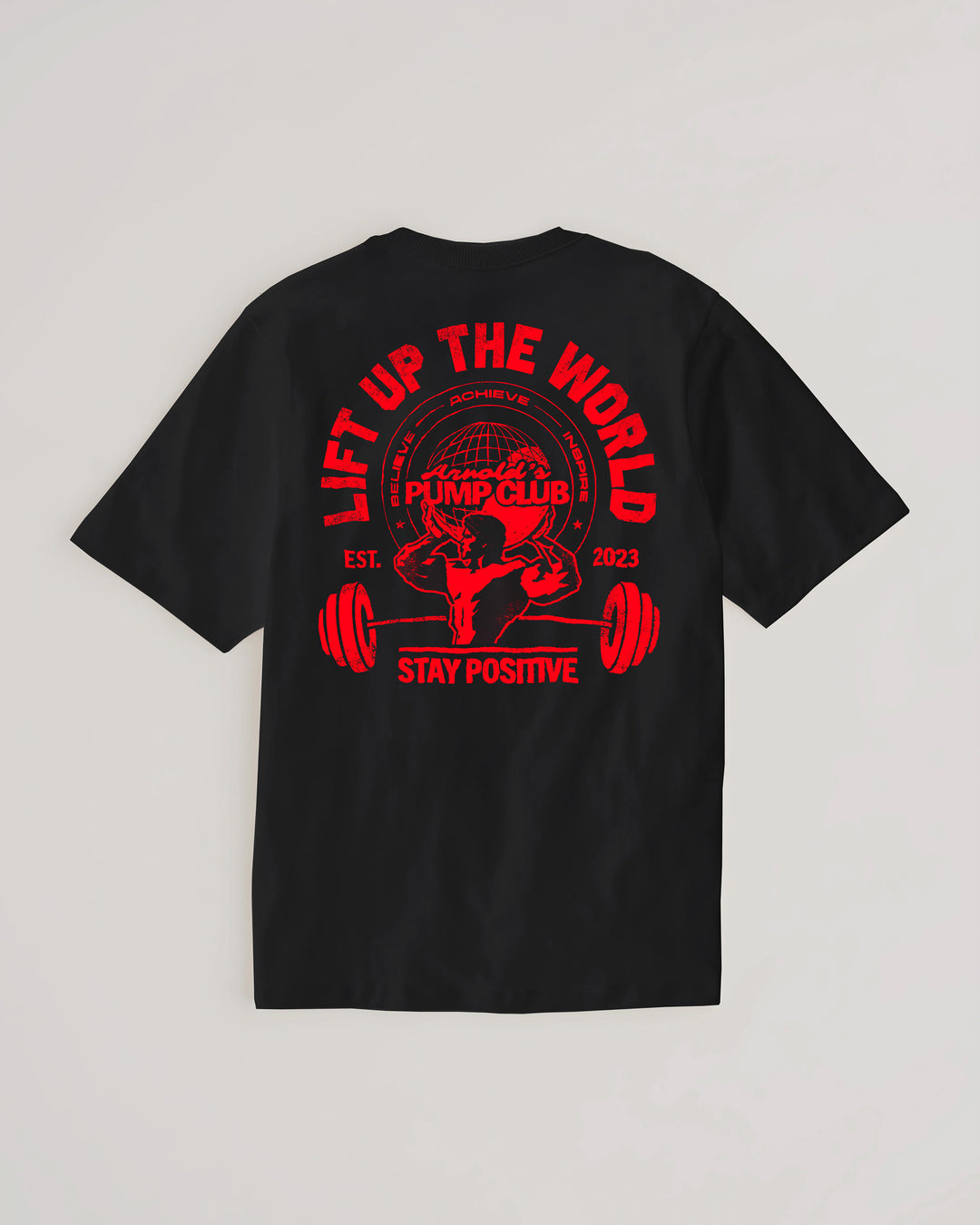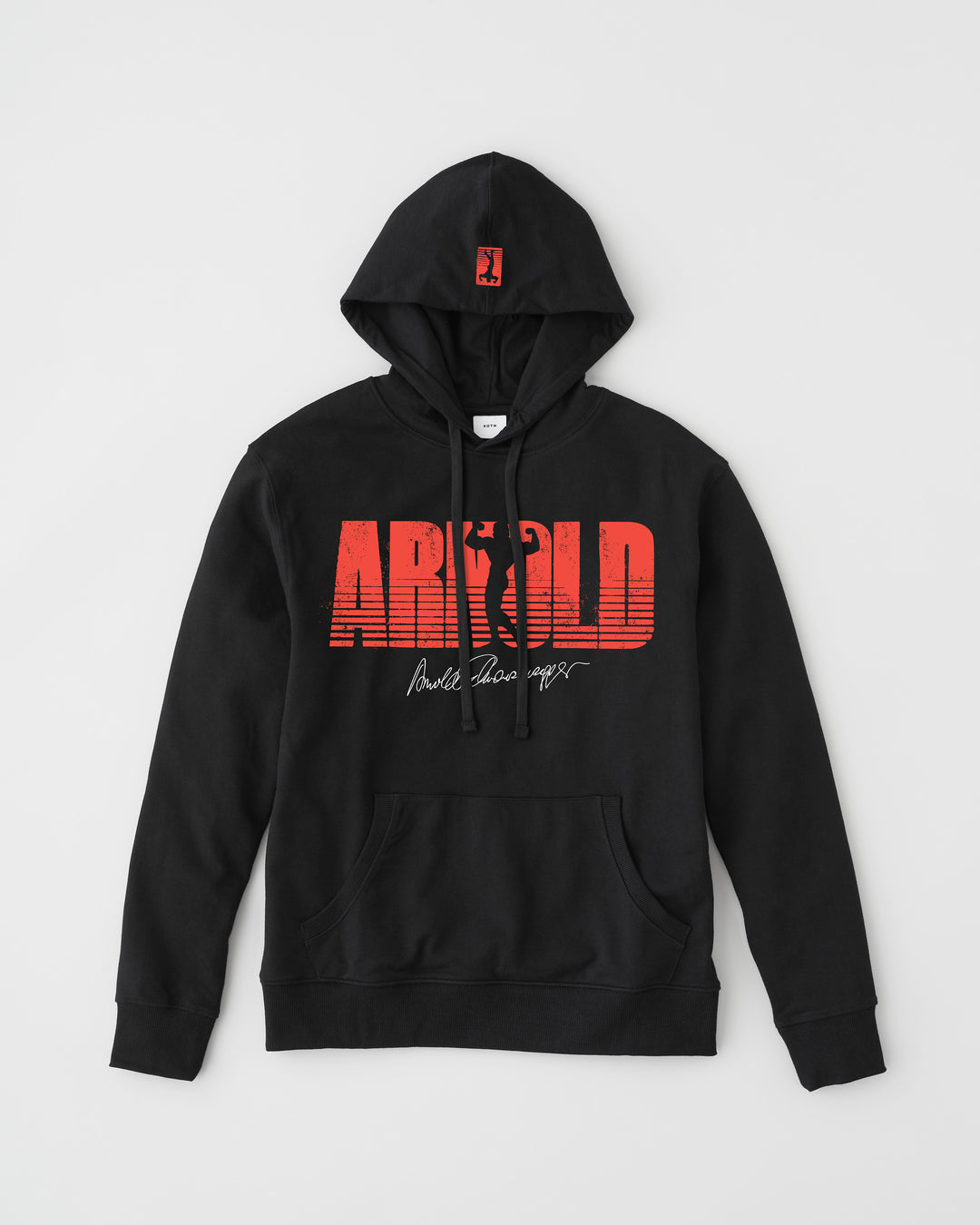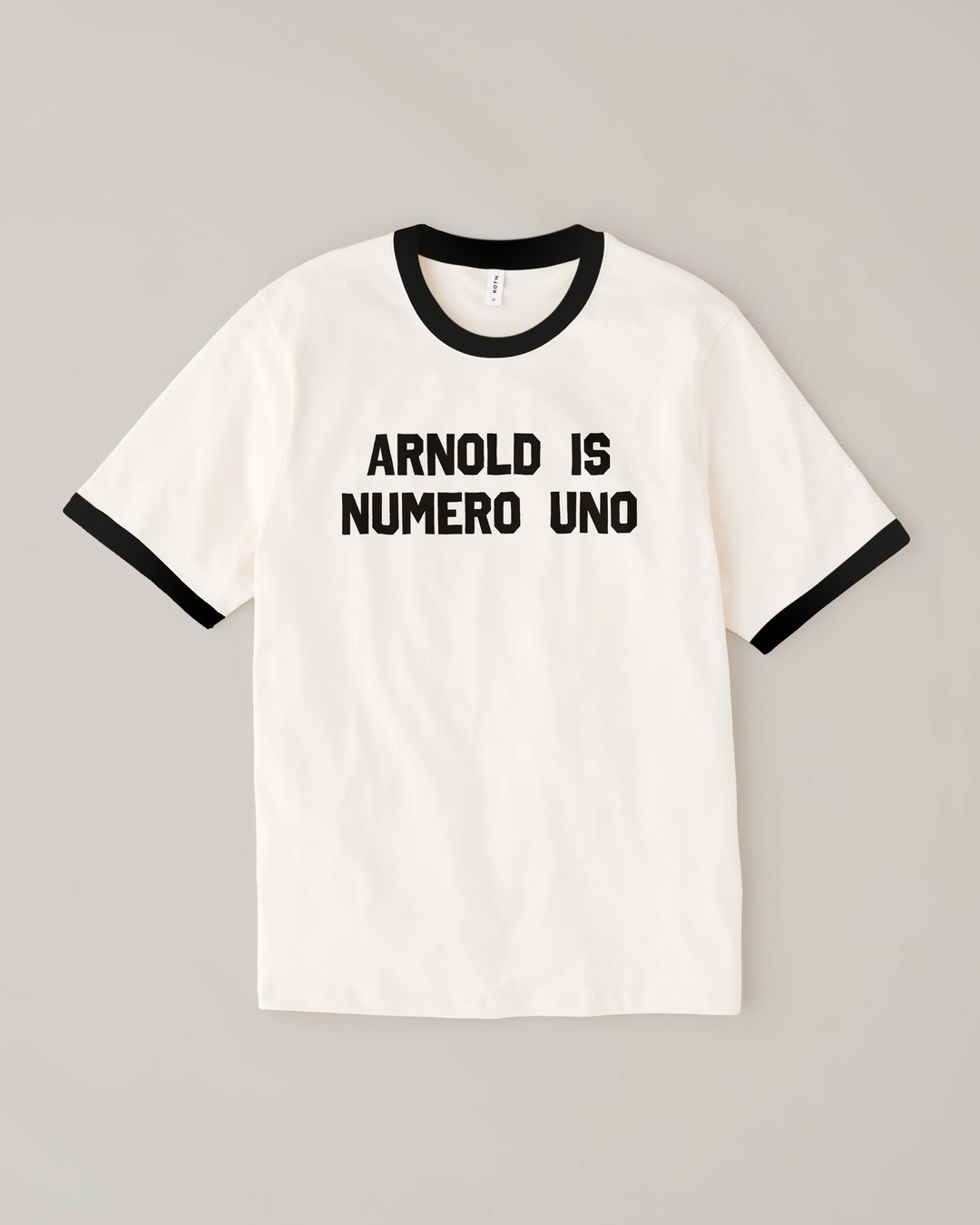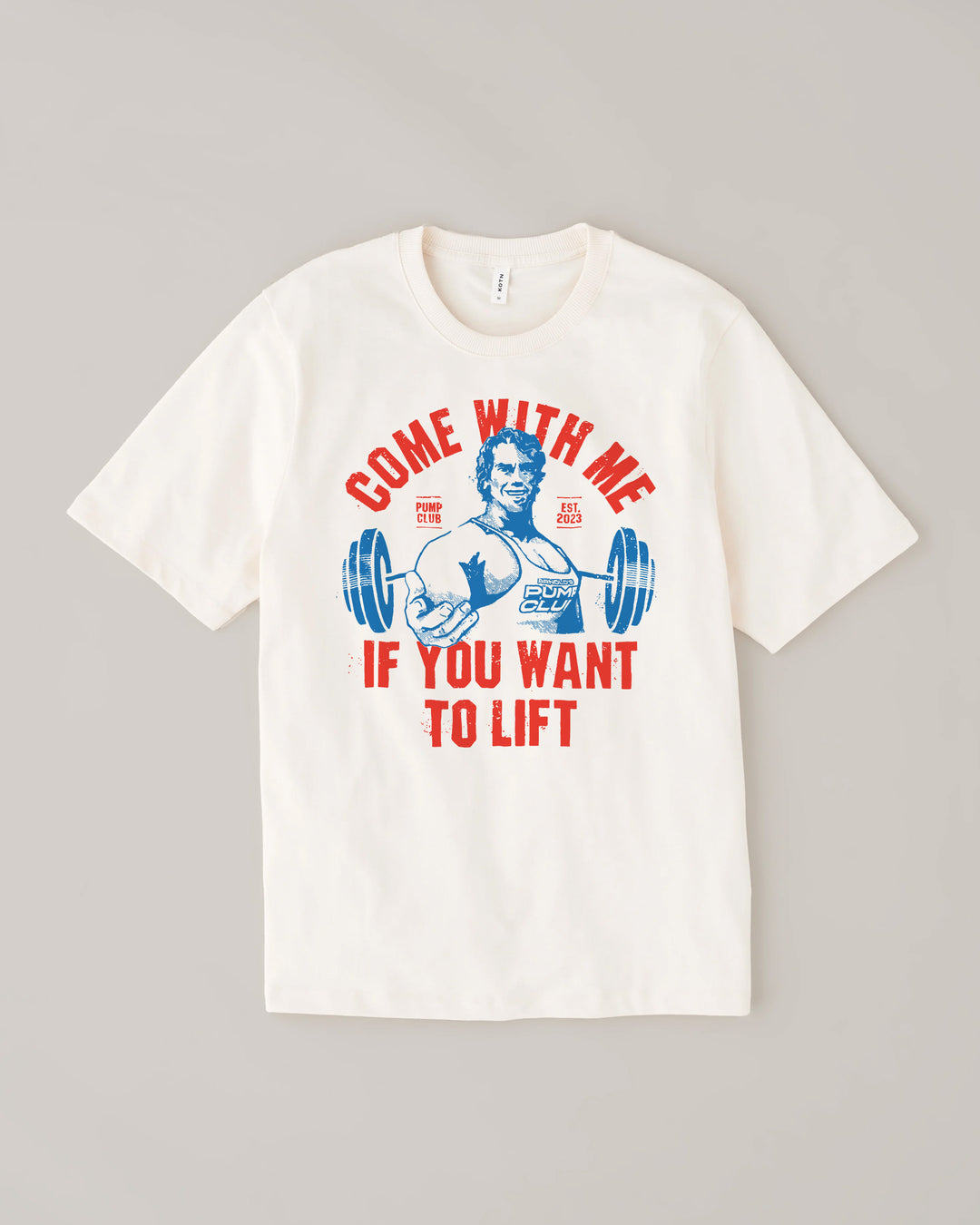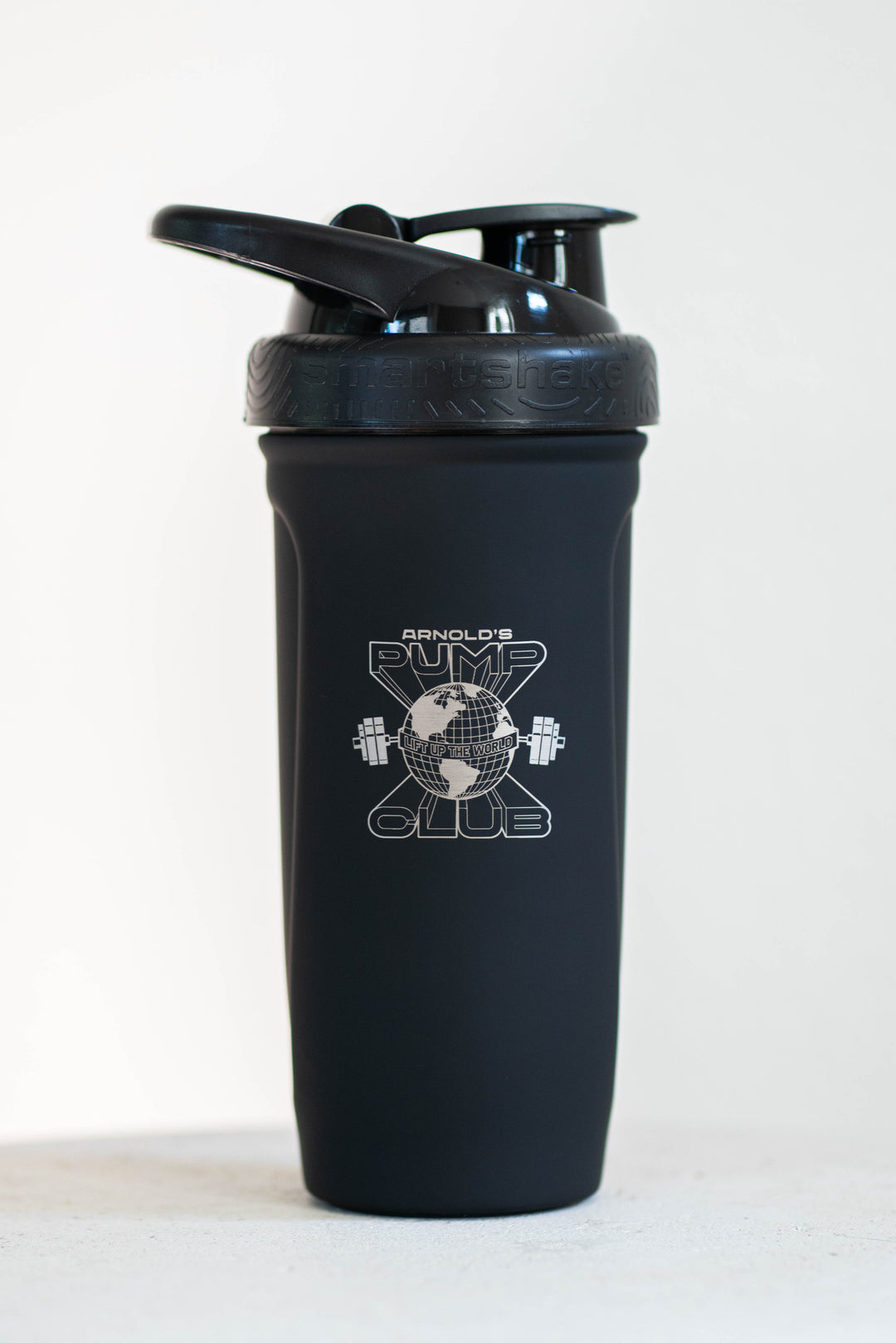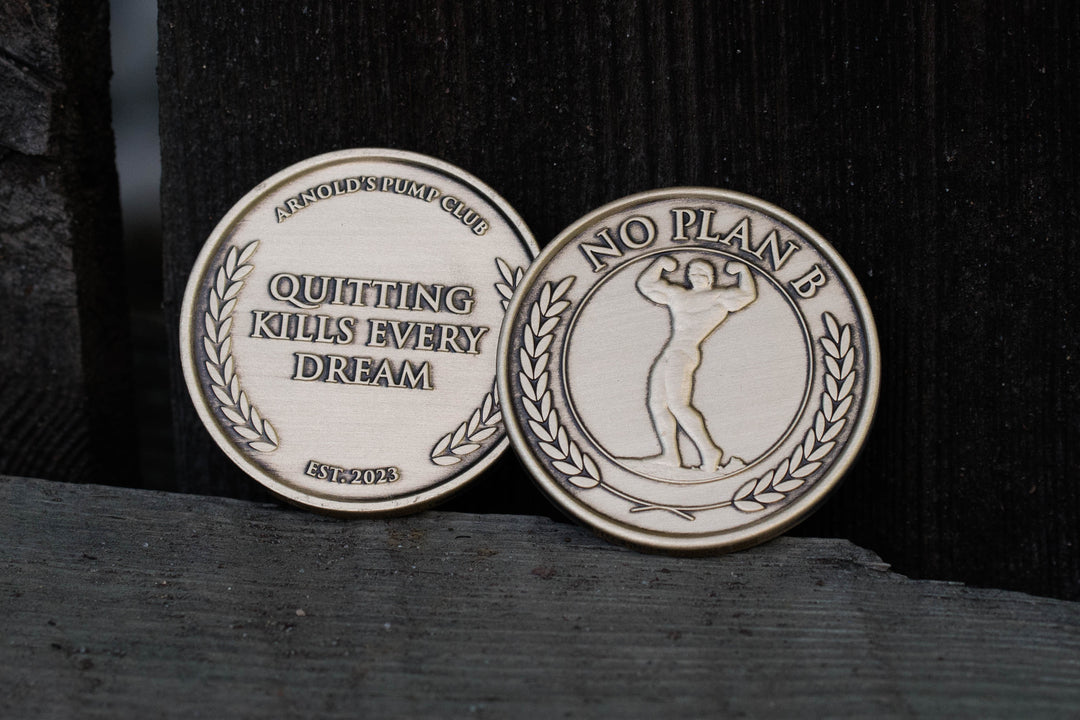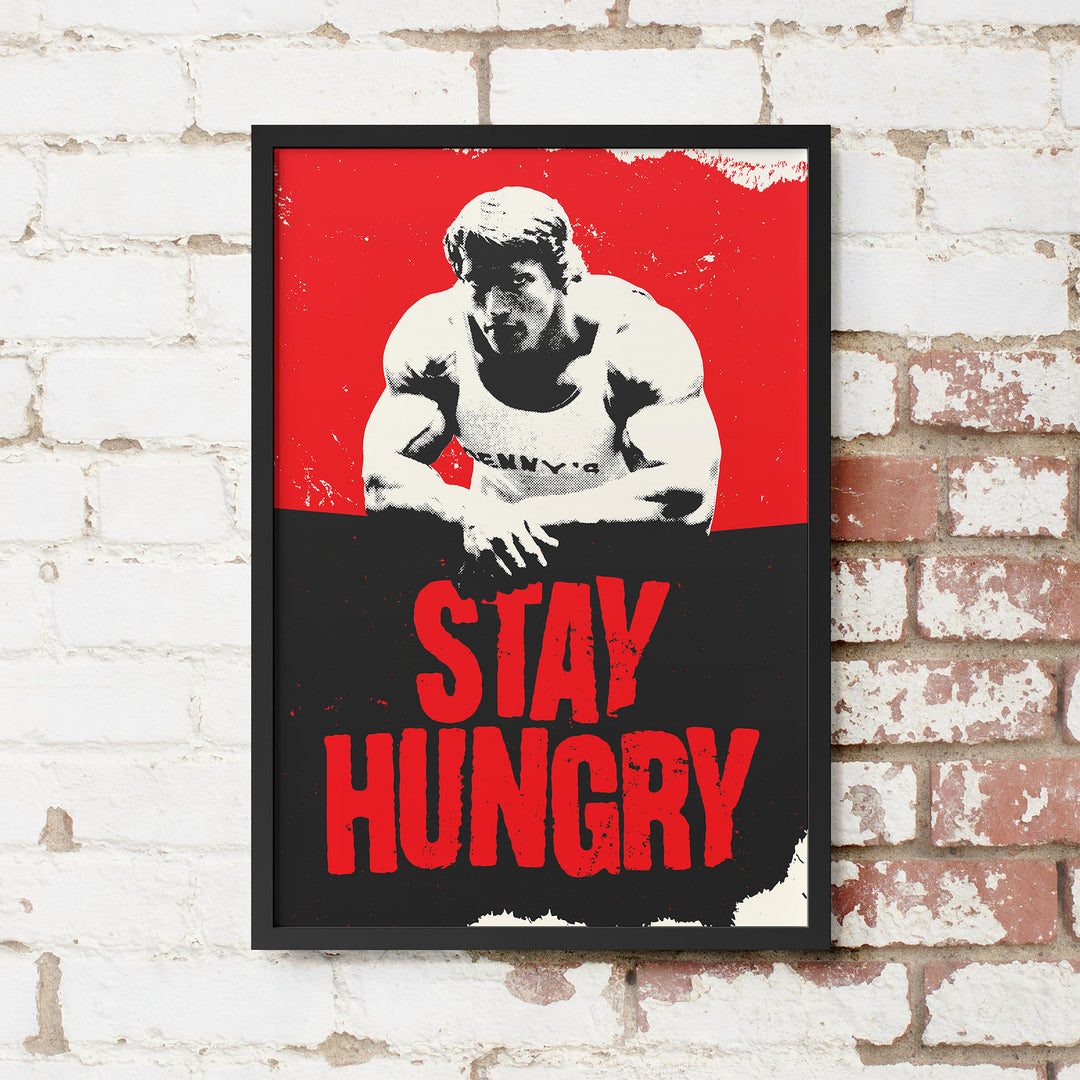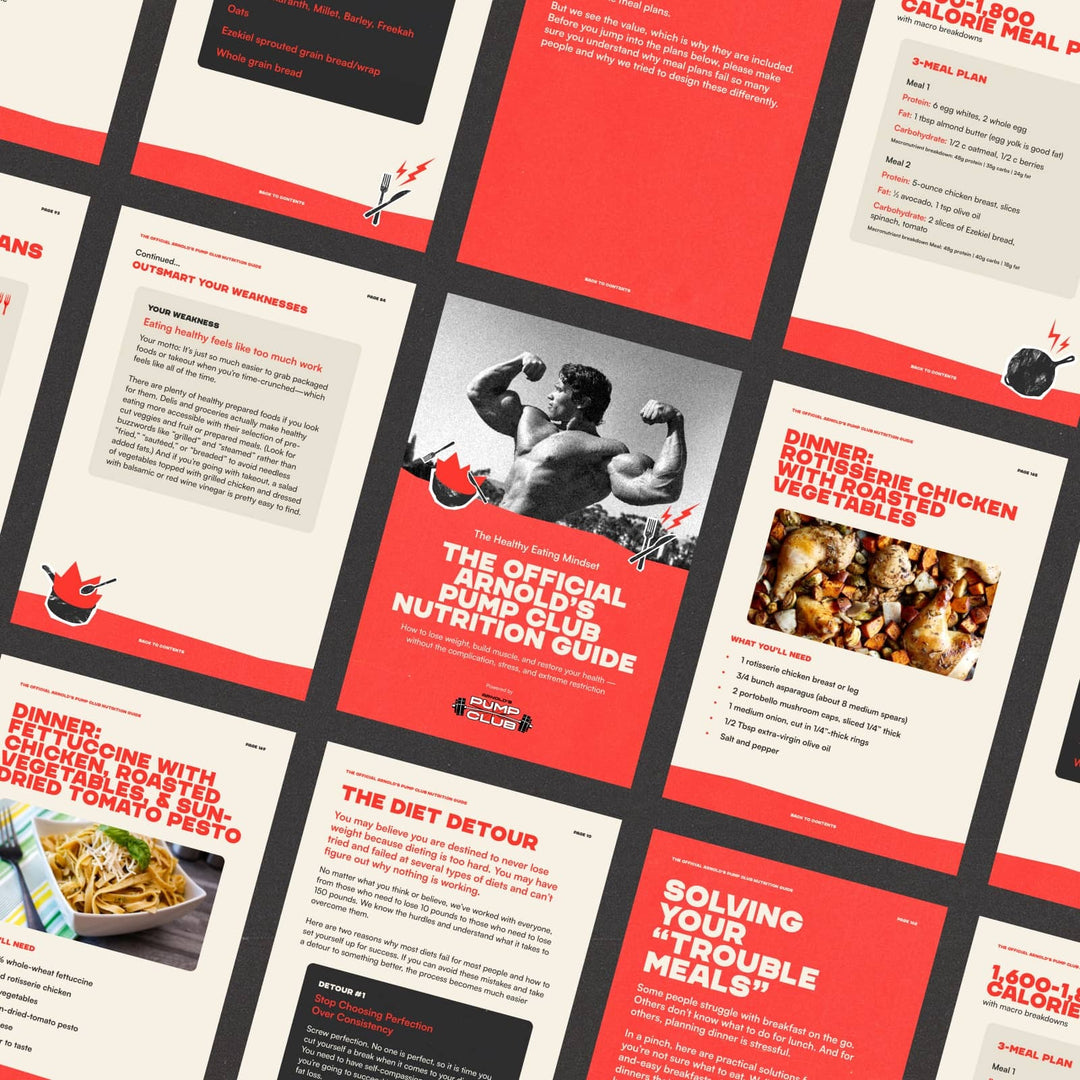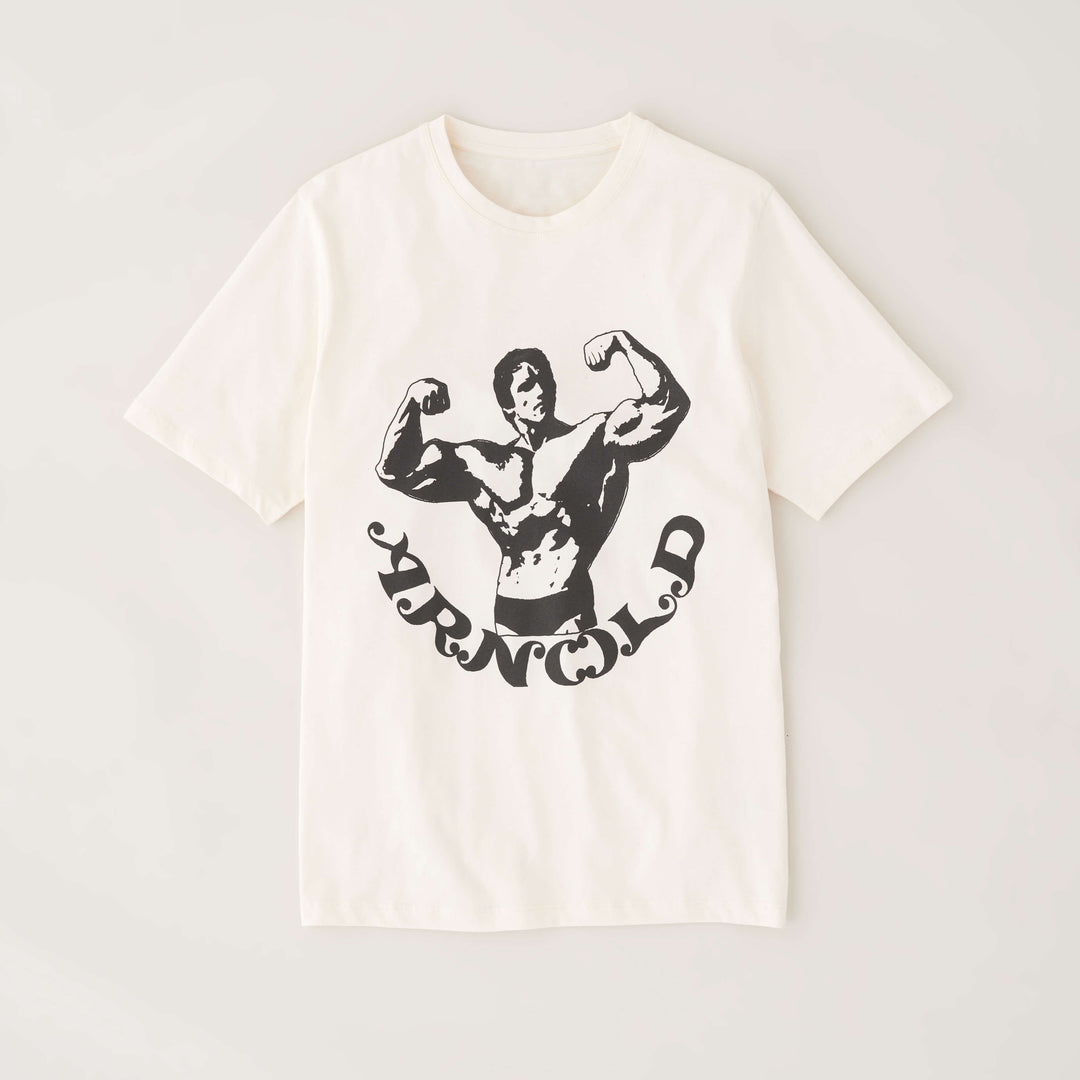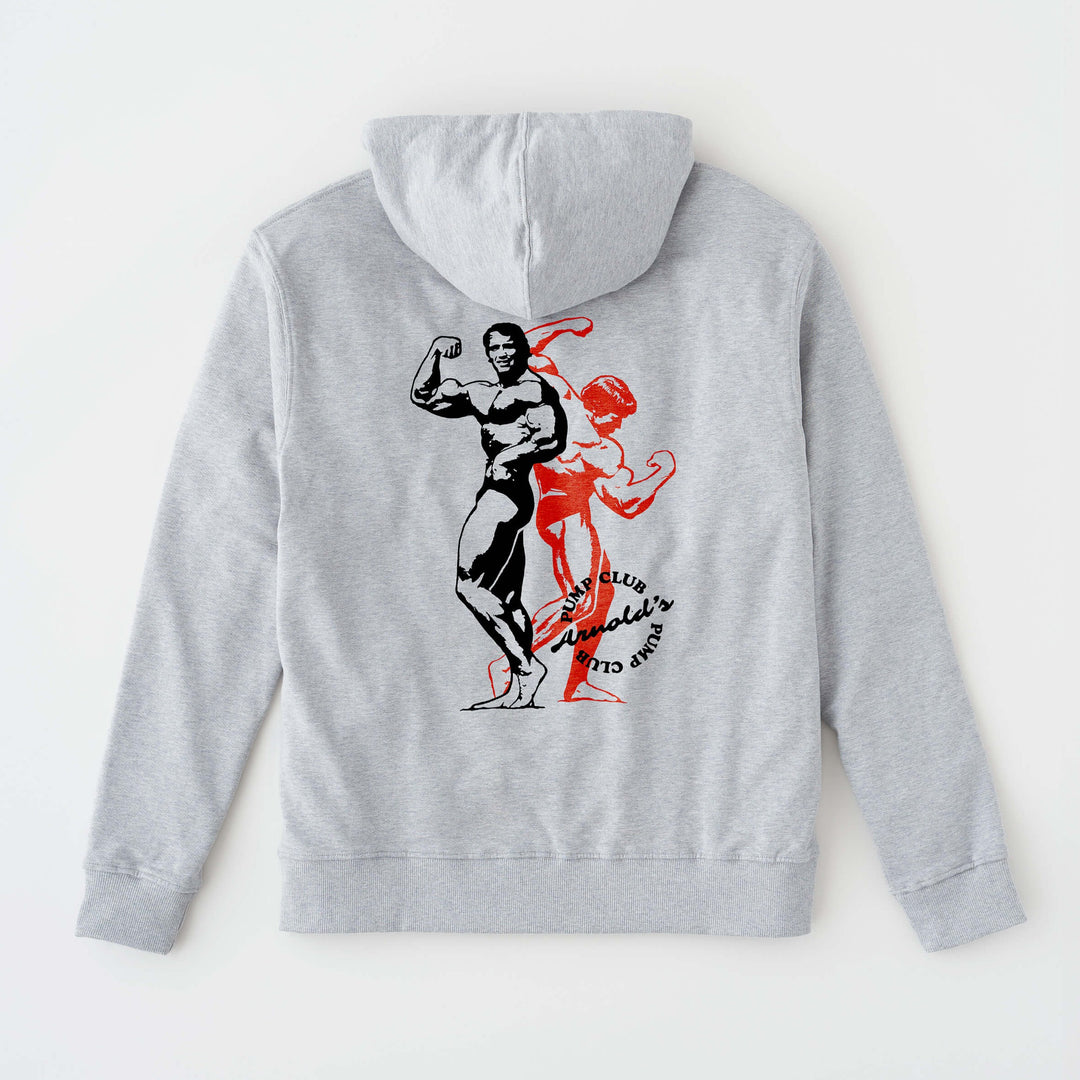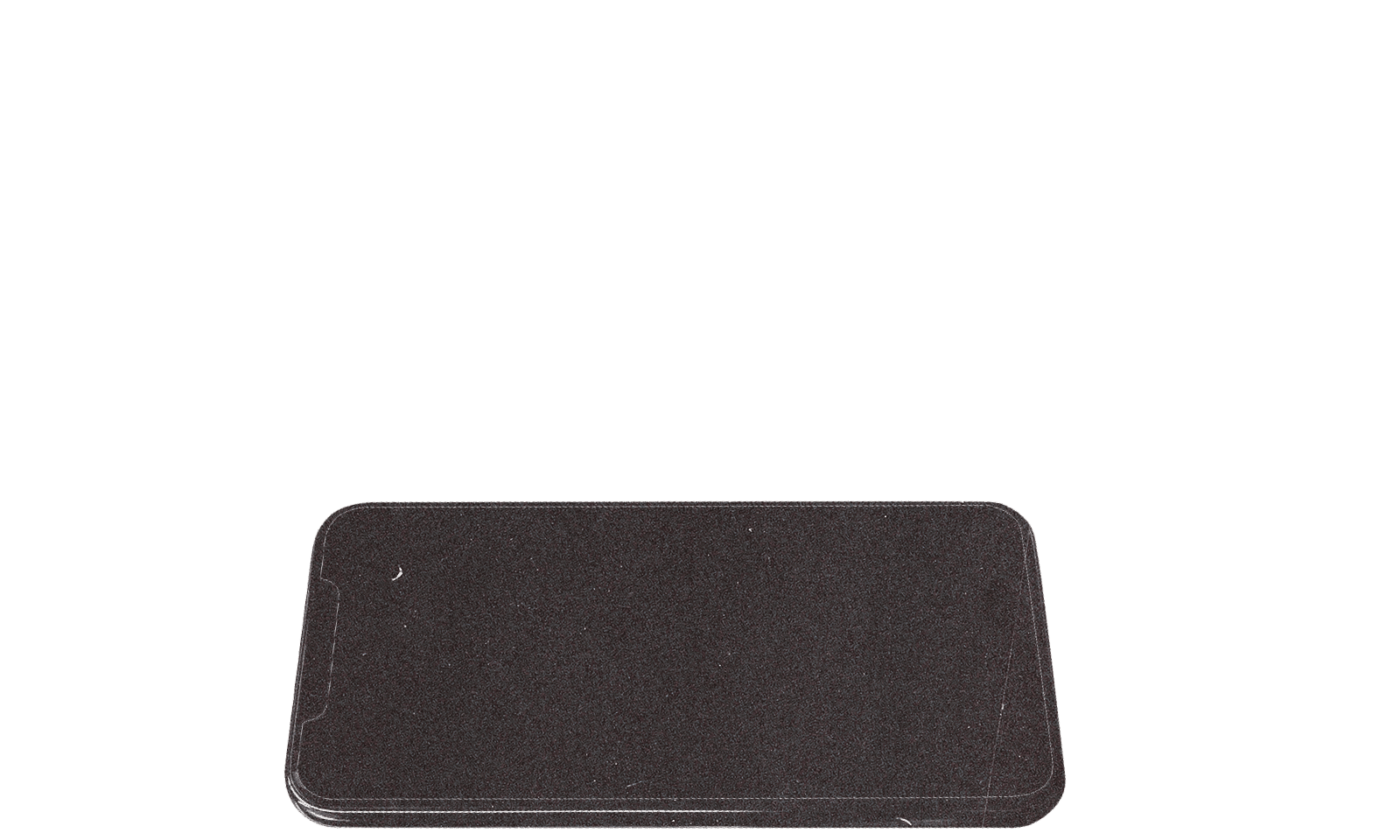Welcome to the positive corner of the internet. Every weekday, we make sense of the confusing world of wellness by analyzing the headlines, simplifying the latest research, and offering quick tips designed to make you healthier in less than 5 minutes. If you were forwarded this message, you can get the free daily email here.
Today’s Health Upgrade
The DNA diet isn’t what you think
The benefits of a weekend warrior plan
A better alternative to protein bars
Arnold’s Podcast
Want more stories from Arnold? Every day, Arnold’s Pump Club Podcast opens with a story, perspective, and wisdom from Arnold that you won’t find in the newsletter. And, you’ll hear a recap of the day’s items. You can subscribe on Apple, Spotify, Google, or wherever you listen to podcasts.
The DNA Diet Isn’t What You Think
If you feel like a diet plan designed for your genetics is all that stands between you and a healthier body, think again.
Research suggests that a diet plan built around your biology is not superior to following sound nutrition principles.
Scientists studied 1,600 people for six months and assigned them to one of four groups: conventional diet advice, personalized nutrition based on their current diet, personalized nutrition based on their diet and phenotype (blood and body shape), and personalized nutrition based on diet, phenotype, and genotype (genetic screening).
While some celebrated the advanced testing, the best results came from the most basic personalized recommendations. Adding in phenotype and genotype didn’t lead to significant weight loss and didn’t help people eat more of the foods they needed, such as vegetables and fiber. The advanced methods did lead to less red meat consumption, but it was just 5 grams (in other words, only 45 calories and just a 1 percent difference in saturated fat).
To be clear, diets that are personalized around lifestyle variables, food preferences, and your goals effectively create a plan that can be followed consistently and deliver results. Building a plan around your DNA, microbiome, glucose responses, and genetics might sound impressive, but we have yet to crack that code in a way that delivers a better outcome.
Even the researchers who study blood glucose monitors to try and help people with diabetes stated, “Studies using personalized nutrition approaches to examine genetic, metabolomic, and microbiome variations have not yet identified specific factors that consistently improve outcomes in type 1 diabetes, type 2 diabetes, or prediabetes.”
You don’t need to break the bank to improve your eating. Don’t obsess about specific foods, and instead try to build your diet around eating more:
Protein from lean animal protein (poultry, fish, axis venison), eggs, lentils, dairy, soy, whey protein powder, plant protein powder
Fiber from fruits, vegetables, seeds, grains
Monounsaturated fats from olive oil, avocados, and nuts
If most of your meals are built around those foods, you’ll have a plan that supports your nutrition needs and has enough flexibility for other foods you love, which can help keep you consistent. It’s not fancy, but it will get the job done.
The Benefits Of The Weekend Warrior Plan
If it’s easier to set aside time for exercise on the weekend, a two-day-per-week workout plan could be your answer.
Research suggests that if you’re willing to work out a little longer on the weekends, you can help offset a lack of exercise during the week.
Scientists analyzed the behaviors of nearly 90,000 people who exercised at least 150 minutes per week with those who didn’t train. They compared those who spread out their workouts throughout the week with those who did 50 percent or more of their weekly exercise in two sessions and tracked their health outcomes over 6 years.
The weekend warriors had just as low of a risk of heart attack, atrial fibrillation, heart failure, and stroke as those who trained more frequently.
While we’ll always promote getting exercise as often as possible, we also believe you shouldn’t let perfection stand in the way of progress. If you consistently prioritize exercise on the weekend, it can improve your overall health and help protect against disease and decline.
If you haven’t trained yet, try Monday’s “workout of the week.”
Recipe of the Week: A Better Protein Bar
People often ask about protein bars, but most are glorified candy bars. You can make a better option that takes 5 minutes to prep and hits the spot for taste and nutrition.
To help, we had our friend Chef Dan Churchill create a high-protein snack to end all high-protein snacks.
Give them a try, and pick up Dan’s new book — Eat Like a Legend. It’s a cookbook designed for people who want to eat better but don’t have enough time to cook or fancy ingredients hanging around their kitchen.
Ingredients
2 cups oat flour
2 scoops protein powder (here’s our recommendation)
10 pitted Medjool dates
¼ cup peanut butter
¼ cup cacao powder
1 tbsp peanuts
Instructions
In a blender, mix the oat, protein powder, and dates.
Add peanut butter, cacao powder, and peanuts to the dough. Mix. Roll the dough into 2-inch balls and top with a dusting of cacao powder.
You can eat immediately or refrigerate for 10 minutes to help with the consistency. Eat and enjoy. About two balls make the perfect post-workout snack.
—
Publisher: Arnold Schwarzenegger
Editors-in-chief: Adam Bornstein and Daniel Ketchell




